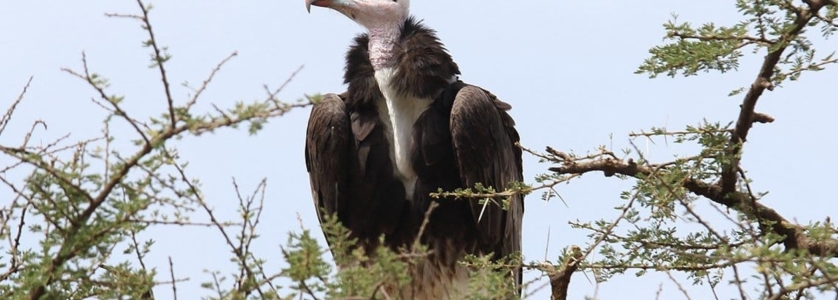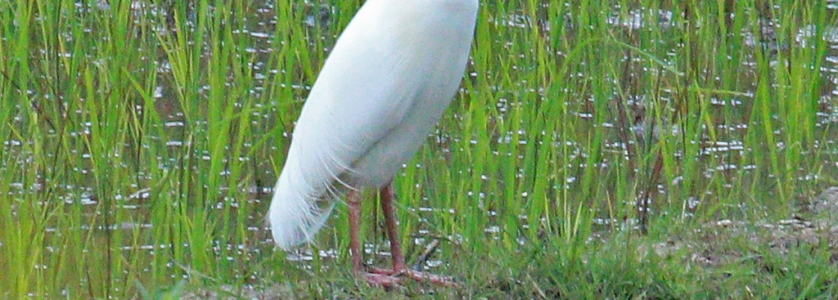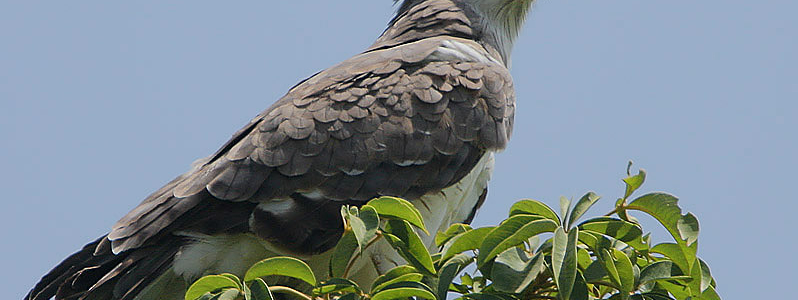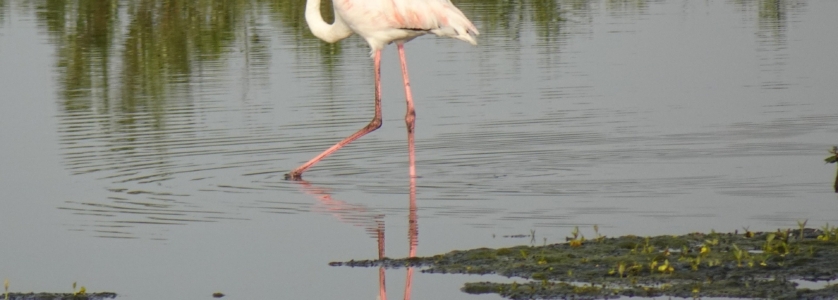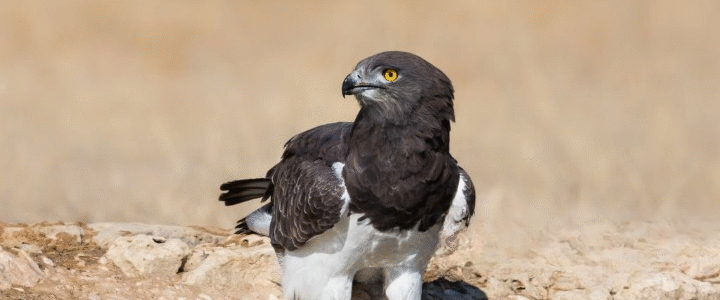

The Black stork is one of the African bird species in Uganda seen during Uganda birding tours and the African birding safari tours.
The Black stork, which was first described by the Swedish botanist and zoologist Carl Linnaeus in his SystemaNaturae of the 10th edition, is a large bird species found in the Ciconiidae or stork family which are long-legged and necked with long stout bills.
It is an uncommon bird species although widely spread but breeding within locations that are scattered in the East across Palearctic to the Pacific Ocean and across Europe.
The bird species is a long-distance migrant with Asian populations in the subcontinent of India and European populations wintering in tropical sub-Saharan Africa. Its scientific name is known as Ciconia nigra.
Most tourists on biding tours in Uganda and African birding safaris like this bird species.
Physical description of the Black stork
This Black stork has sturdy builds and is a large bird which is similar to a white stork species weighing approximately 3 kilograms. With a maximum height of 95 to 100 centimetres tall from the beak tip to end-tail, the Black stork has a wingspan that ranges between 144 to 155 centimetres.
It has a short tail, wide wings and bares long legs, necks together with long sharp bill and the adult mainly has a black layer of feathers with purple gloss together with varying green on it. The bird species has white underparts (breasts and belly are whitish) along scarlet reddish legs and bill that turn brown in winter period which do intensify during mating season.
The stork bares reddish skin around the eyes and has brown irises. Although the species has identical sexes in appearance, the male is larger than the female on average and the young do lack a rich coloration to their feathers however by one year of age the colours become more vibrant.
Juvenile Black storks do resemble the adult in the layer of feathers but bare a browner and less glossy colour on them. It has a greyish green bare skin around the eyes along with bill plus legs and also has pale tips on the upper tail, scapulars and wing converts. The species on the ground walks steadily and slowly hence flying with an outstretched neck.
The Black stork bird is a migratory bird species and migrations do occur from the early August to October having major movements in September. Migration begins from Europe to Africa but Southern Africa bares essentially non-migratory population of the storks. They do have a life span of 18 years in the wild and do stay longer for 31 years while in captivity.
The behaviour of the Black stork
This bird species is known for its solitary and shy nature and because of this reason, it avoids and stays far away from human beings and activities. Therefore, it is a solitary bird when occurring in loose clusters of nesting pairs and outside the breeding season. In most cases, the Black stork is always found alone or in flocks of hundreds while migrating and it is a diurnal species active during the day.
It walks with a steady stride and purposefully on the ground along with perching and often standing upright on one leg. The stork is an excellent flier always does enjoy the flights in warm currents of air and while on the flight in the air, it keeps its head below the body line and stretches out the neck.
The Black stork’s main call is a cheeleee hence having a wider range of calls that sound like a loud inhalation. While threatening or warning, the stork makes a hissing call and the males at display tend to produce long series of wheezy raptor-like squealing calls which rises and fall in volume. When the adults meet at the nest during their mating period or when angered, they rarely indulge in mutual bill-clattering.
The bird species is a fairly quiet bird although it is the loudest of all storks and has few loud vocalizations which use low grunts hisses and whistles hence the vocal communications takes place during mating season inform of bill-chattering. Hunting is done by eyesight and also uses sound and vision while finding a mate.
Breeding of the Black stork
Breeding among the Black storks takes place in the Northern Hemisphere between April and May while in Southern Africa it happens between September and March hence taking advantage of the abundant water prey which renders easier to catch as the rivers dry up and receding in Botswana, Zimbabwe and northern South Africa from April and May.
During the mating period, the adult male and female do exchange an up-down display courtship where one will raise its head and drops it back or rests it on back of its body and the process is accompanied by vocals known as the bill-clattering. As the mating process continues, the bird will snap its top and bottom jaws hence creating a clattering sound. Black storks are seasonally monogamous once they find the mate and do remain with their mate throughout the entire breeding season.
The adult female lays a maximum of 3 to 5 eggs per clutch which are whitish in colour and oval-shaped in a large nest made of mud and sticks. The nest over many seasons is reused and the adult male and female will sometimes take care of birds from other nests including the hamerkops. Hatching of the eggs will take a period of 32 to 38 days and the development of the wing feathers that are strong enough for the flight to occur in 71 days after hatching has happened. The chicks gain their sexual maturity at the age of 3 to 5 years.
More posts for you

Over 50 excellent reviews on Safaribookings.
 >
> 